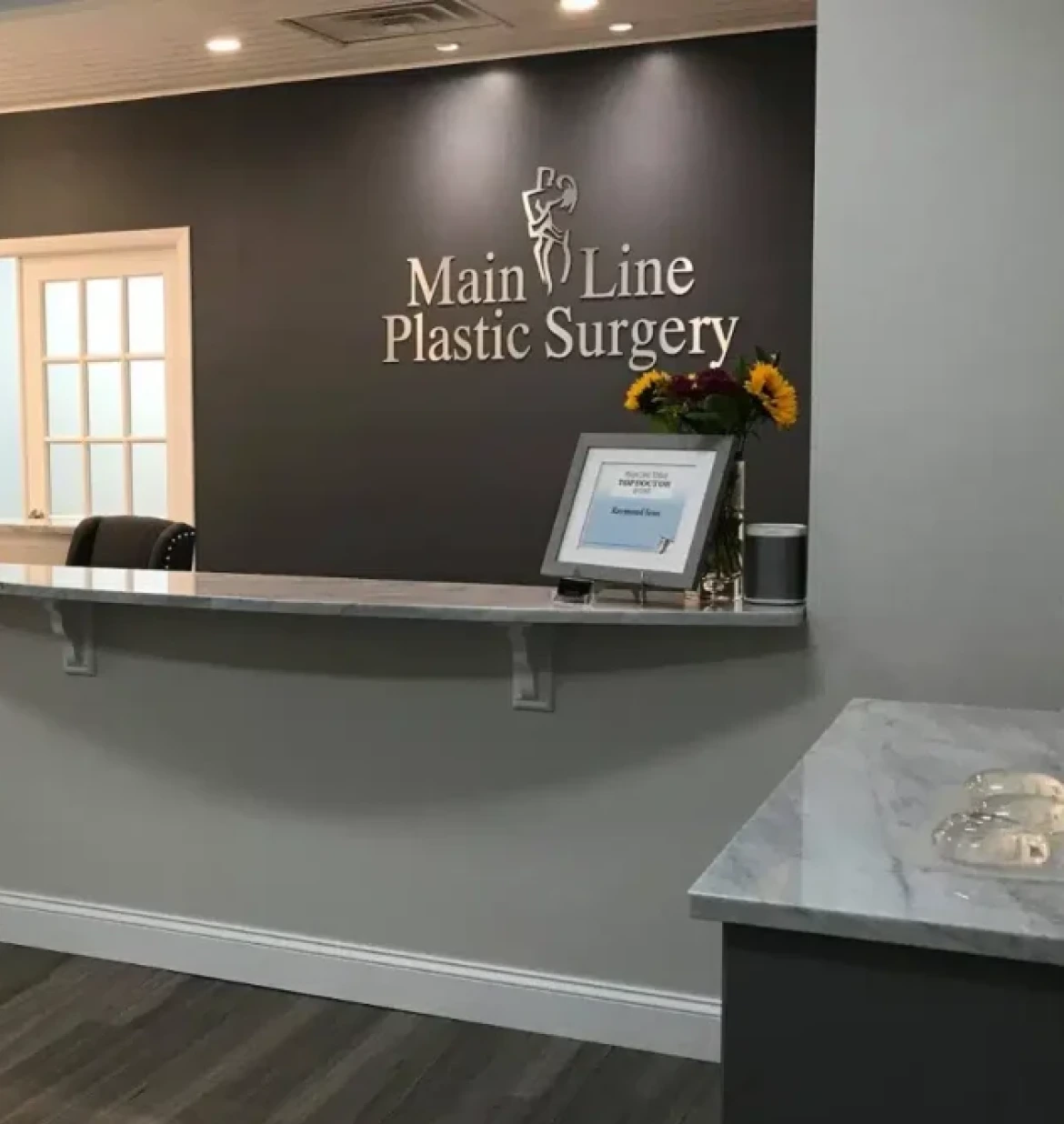At Main Line Plastic Surgery, we offer the latest breast reconstruction techniques, helping women restore their natural, youthful contours after a mastectomy or other breast issues. As time goes on, breasts can take on changes due to certain medical conditions or age. This can significantly affect a patient’s self-esteem. But thanks to advanced breast reconstruction techniques, it is possible to achieve more balance and symmetry.Our specialist, Dr. Raymond D. Jean, is a board-certified plastic surgeon with a wide range of experience in cosmetic and reconstructive procedures. He strives to help patients regain their confidence. Our expertise and personalized approach ensure optimal results tailored to each patient’s aesthetic goals.
At Main Line Plastic Surgery, we offer the latest breast reconstruction techniques, helping women restore their natural, youthful contours after a mastectomy or other breast issues. As time goes on, breasts can take on changes due to certain medical conditions or age. This can significantly affect a patient’s self-esteem. But thanks to advanced breast reconstruction techniques, it is possible to achieve more balance and symmetry.Our specialist, Dr. Raymond D. Jean, is a board-certified plastic surgeon with a wide range of experience in cosmetic and reconstructive procedures. He strives to help patients regain their confidence. Our expertise and personalized approach ensure optimal results tailored to each patient’s aesthetic goals.

Breast reconstruction is a type of surgery that helps restore their shape, appearance, and symmetry after breast cancer surgery, mastectomy (removal of one or both breasts), or injury. During this procedure, Dr. Jean uses various advanced techniques to rebuild the mound of the breast. He does this either with implants or with the patient’s own tissue. The aim is to reconstruct a naturally appearing shape and size that matches the patient’s desire and restores their body confidence.
Recovery from a mini tummy tuck is generally quicker and less intensive compared to a full tummy tuck. The healing process is a gradual journey that requires patience, careful adherence to post-operative instructions, and close communication with Dr. Jean and medical team.



The average cost of breast reconstruction surgery in Philadelphia, PA, typically ranges between $7,000 and $20,000. It covers expenses for the surgeon’s work, anesthesia, operation room, and after-surgery treatments. The price may also be influenced by other factors, such as the complexity of a procedure, its technique, and whether other operations are done (e.g. breast reduction surgery). Patients can get an individualized quote by making appointments for consultations with Dr. Raymond D. Jean. Often this surgical procedure is covered by insurance.
